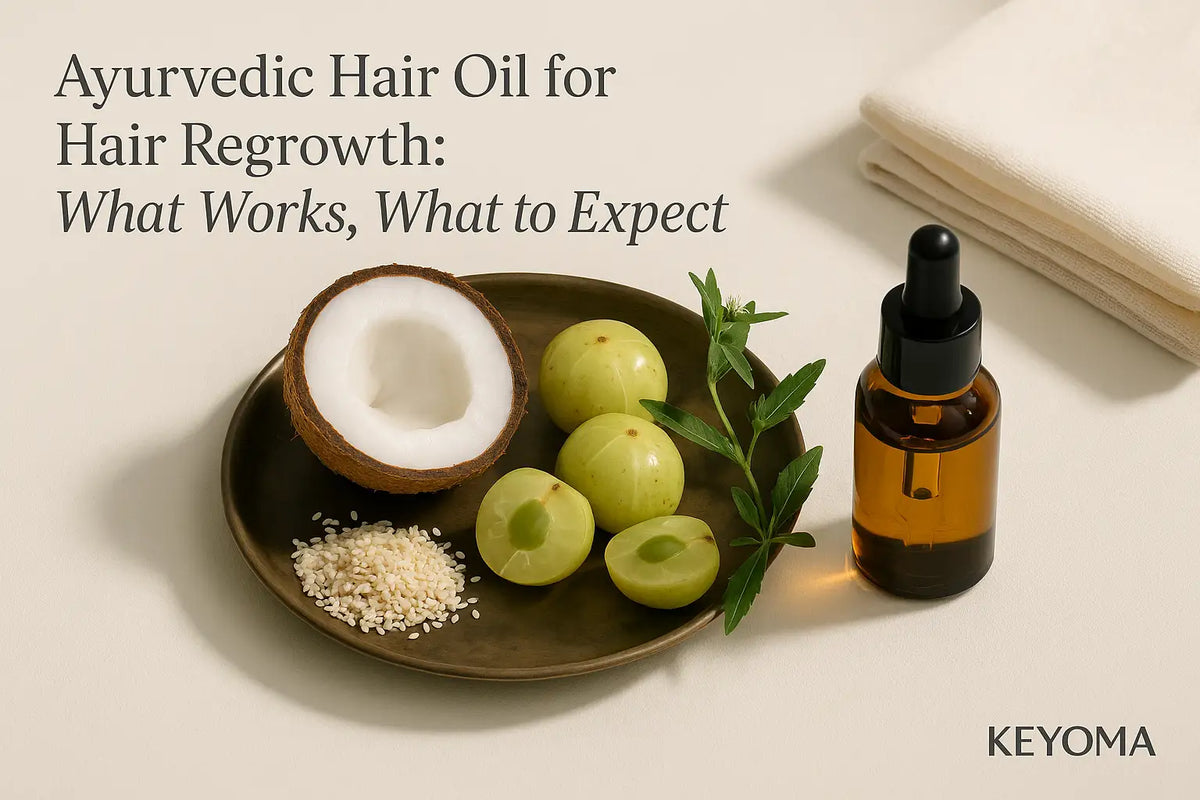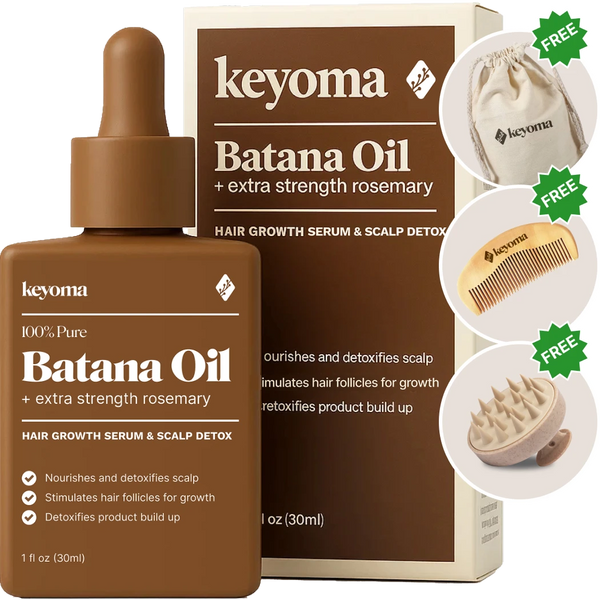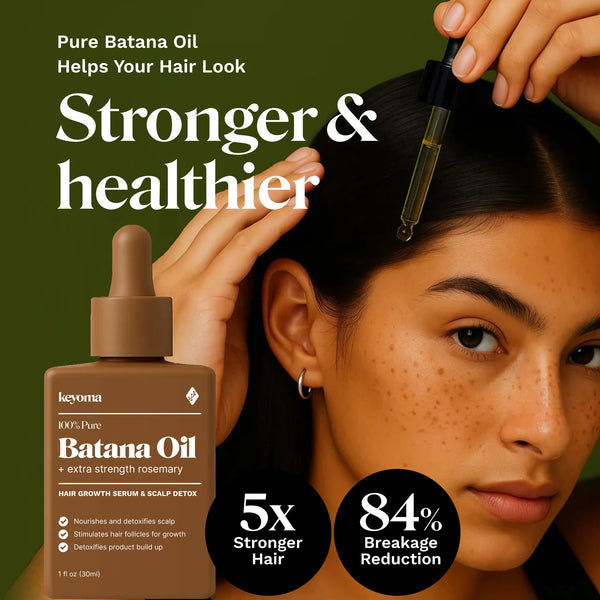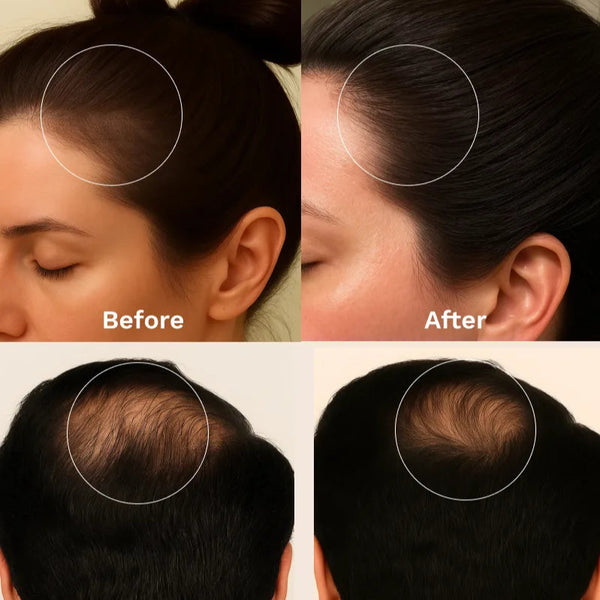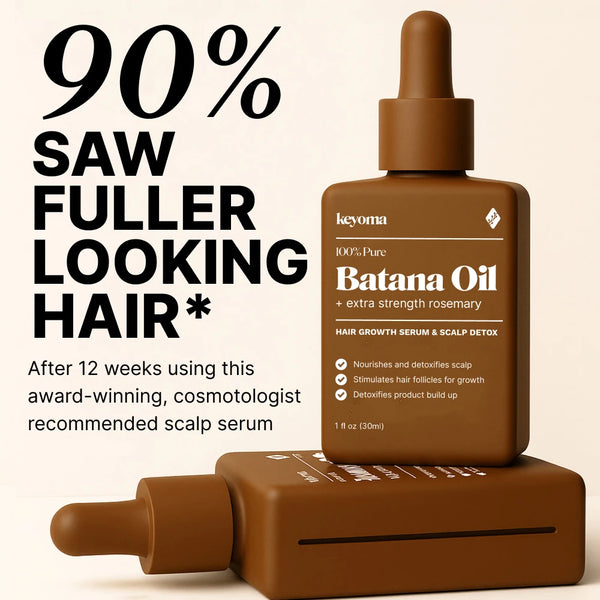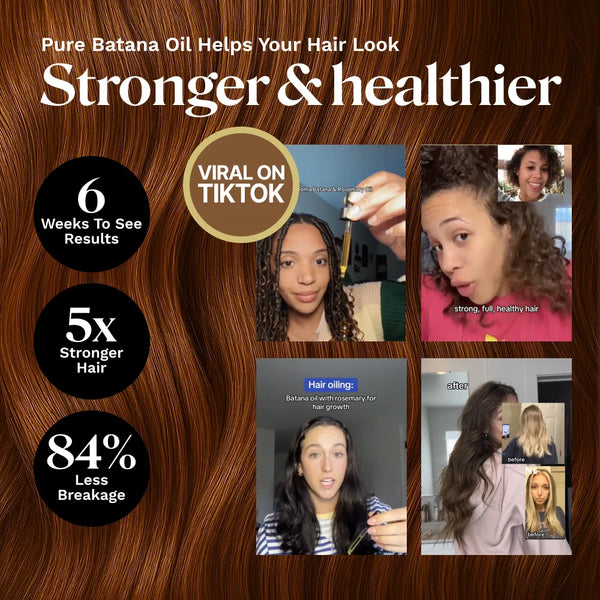In this article
You want thicker, stronger hair without exaggerated claims. Ayurveda offers a steady routine that supports your scalp and protects your strands. The basic approach is simple: choose a reliable base oil, add focused botanicals, and apply with a brief daily scalp massage.
Then be patient. Below, you’ll see how Ayurvedic oils are made, what the evidence suggests about results, which ingredients to try first, and how to use them without leaving hair heavy.
Key Takeaways
-
Ayurvedic hair oils combine base oils with botanicals for scalp application and care.
-
Evidence includes coconut oil reducing protein loss and four-minute daily massages thickening shafts.
-
Botanicals like bhringraj, amla, hibiscus, fenugreek, and neem show early supportive signals.
-
Results take months, oils support overall care, seek medical evaluation for warning signs.
What Is Ayurvedic Hair Oil
In Ayurveda, medicated oils are called taila. They’re created by infusing herbs into a base oil through Sneha Kalpana methods. This aims to deliver active plant compounds in an oil that spreads well on skin and hair.
Coconut and sesame are the most common bases, often combined with botanicals like bhringraj, amla, hibiscus, fenugreek, and neem. These medicated oils have long been used for scalp massage and hair care, and classical reviews describe the oil base as the vehicle carrying plant extracts.
How Ayurvedic Oiling May Help
There are three practical ways this routine can support your hair.
First, the right base can protect the hair fiber. In a lab study comparing coconut, sunflower, and mineral oil, only coconut oil reduced protein loss from combing, both before and after washing. That’s helpful if your hair breaks easily or you use heat often.
Second, massage matters. A standardized four-minute scalp massage performed daily led to a measurable increase in hair shaft thickness after 24 weeks. The change was modest but real and matches what many people report after sticking with a daily routine.
Third, certain botanicals show early signals. Some data exist for amla in women with pattern hair loss, hibiscus in animal and in-vitro work, fenugreek in small clinical reports, and neem for dandruff relief that can improve scalp comfort. These are supportive tools, not cures, and work best alongside good scalp care and medical treatment when needed.
7 Best Ayurvedic Hair Oils for Thinning Hair
Use this as a starting point. Pick a base oil that suits your hair, then add one or two actives. Keep applications light and consistent.

1. Bhringraj (Eclipta alba)
Bhringraj is a mainstay in Ayurvedic hair care. Preclinical research suggests extracts can push follicles into active growth and shorten time to visible growth in animal models. Human trials are limited, but it blends well with coconut or sesame and is easy to find. If your scalp is sensitive, patch test and start with a lower amount.
2. Amla (Phyllanthus emblica)
Amla is rich in antioxidants and appears in many hair formulas. A randomized controlled trial of an oral amla syrup in women with androgenetic alopecia reported improvements, suggesting possible effects on the hair cycle. Topically, amla often shows up in oils and serums as a supportive add-in. If you’re considering oral products, talk with a clinician first.
3. Hibiscus (Hibiscus rosa-sinensis)
Hibiscus leaf and flower extracts have boosted hair growth in animal and in-vitro studies. That’s early-stage evidence, yet many people like hibiscus for its light feel and shine. Mix a small amount into your base oil and apply to mid-lengths and ends, or use it as a pre-wash scalp oil if you get greasy quickly.
4. Fenugreek (Methi)
Fenugreek seed preparations have been tested in small clinical settings, with reports of reduced shedding and breakage. You’ll see it in gels, serums, and oil macerations. It has a maple-like scent, so start small and watch for any irritation.
5. Neem
Neem is valued for scalp comfort. Recent clinical work points to benefits in dandruff, which may reduce itch and flaking and help the scalp feel better overall. If scaling and irritation are your main issues, neem is a smart add-on to a base oil or a rinse-off mask.
6. Coconut Oil (Classic Base)
Coconut oil is a workhorse base in Ayurveda and modern formulas. In controlled testing, it reduced combing-related protein loss when used before and after washing, a result not seen with sunflower or mineral oil. That’s why many blends still rely on coconut as the carrier. If your hair is fine, keep it to a short pre-wash or use a tiny leave-in dose.
7. Sesame Oil (Traditional Base)
Sesame oil is another classic base in taila. It spreads easily and holds herbal extracts, making it useful if coconut feels heavy. Many traditional reviews list sesame among primary base oils for medicated preparations. Choose cold-pressed, unrefined options for better glide and scent, then layer actives on top.
How To Use Ayurvedic Oils
Technique determines how your hair looks after application. Try this routine to keep the finish light and your scalp comfortable.

1) Patch Test Before First Use
Apply a small amount to the inner forearm or elbow crease twice daily for 7 to 10 days. If you develop itching, redness, or swelling, don’t use it on your scalp. This quick check can save you from trial-and-error reactions later.
2) Choose a Base, Then Layer Actives
Pick one base oil aligned to your goals—coconut for fiber protection, sesame for spread and warmth. Then add one or two actives like bhringraj or amla. This mirrors Sneha Kalpana logic, where a base carries plant extracts to the target area.
3) Massage About Four Minutes Daily
Use your fingertips with light pressure in small circles, moving across the entire scalp. Four minutes per day increased average hair shaft thickness by week 24 in a standardized protocol. Four minutes felt doable for me without scalp tenderness afterward. Keep it gentle—you’re stimulating the scalp, not scrubbing it.
4) Use as a Pre-Wash or Micro-Dose Leave-In
If your hair gets flat easily, apply oil 10 to 20 minutes before shampoo and rinse it out. If your hair is dry, try one or two drops on damp ends as a leave-in. The coconut oil study supports both pre- and post-wash use for fiber protection, so choose the method that feels best.
5) Match Wash Frequency to Oiliness and Buildup
There’s no one schedule. If your scalp is oily or your hair is fine, washing daily or every other day can keep volume and comfort. If your hair is coarse or dry, wash less often. Adjust based on scalp feel and how much product you use.
6) Stop and Seek Care for Red Flags
See a dermatologist if you notice patchy bald spots, rapid shedding, scalp pain, burning, or signs of infection. You may need a medical work-up to confirm the cause and discuss proven options like minoxidil or prescriptions. Oiling is supportive, not a substitute when red flags appear.
FAQs
Which Ayurvedic oil is “best” for regrowth?
There isn’t a single winner. Bhringraj has strong preclinical signals, amla has human data by mouth in women with pattern hair loss, and coconut or sesame remain the best-studied carriers.
For most people, a useful starter blend is coconut or sesame base with bhringraj or amla as actives, plus daily massage. If you want drug-level regrowth, talk with a clinician about adding proven therapies and use oils for support.
Can Ayurvedic oils cure bald spots from alopecia areata?
No topical oil has been proven to cure alopecia areata. Case reports describe Ayurvedic protocols for patchy and total hair loss, but these are uncontrolled and can’t establish cause and effect. If you have sudden patches, get a diagnosis and consider guideline-based care. Oils can comfort the scalp while you follow a medical plan.
How often should I apply?
Consistency beats intensity. Many people do a short daily massage with a few drops, then shampoo as needed. If your scalp is oily, use oiling as a pre-wash step. If your hair is dry, a micro-dose leave-in on the ends can help between wash days. Adjust the amount to your hair thickness and scalp feel.
How long until I see results?
Expect months, not days. The massage study measured thicker shafts by 24 weeks. Some topical botanical blends report cosmetic improvements around 90 days. If nothing changes after three to six months, reassess and consider adding medical treatments.
Start Ayurvedic Oiling and Scalp Massage With Keyoma
A solid Ayurvedic hair routine uses simple steps. Choose a base that fits your hair. Layer one or two botanicals with early evidence. Patch test. Massage for a few minutes daily.
Wash often enough to avoid buildup. Watch for medical red flags. Over time, this approach can help your hair look and feel healthier, while you keep expectations realistic and tied to the evidence.
Featured Product
100% Pure Batana Oil + Rosemary
↓Best Batana Oil to Buy↓
1 Month
Subscribe & Save
- 30-day supply delivered monthly $35
- 30% off for life $6
- Free haircare essentials kit $33
- Free custom wooden comb $10
- Free scalp massager $15
- Free eco-friendly travel bag $8
- 30-Day Money Back Guarantee
- Free Shipping
- Online portal for easy cancel, skip, or pause.
1 Month One Time Purchase
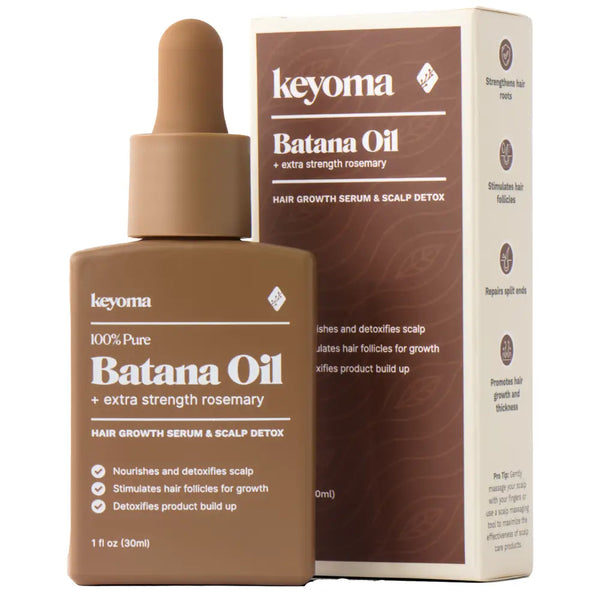
- 30-day supply $50
- 30% off for life $6
- Free haircare essentials kit $33
- Free custom wooden comb $10
- Free scalp massager $15
- Free eco-friendly travel bag $8

